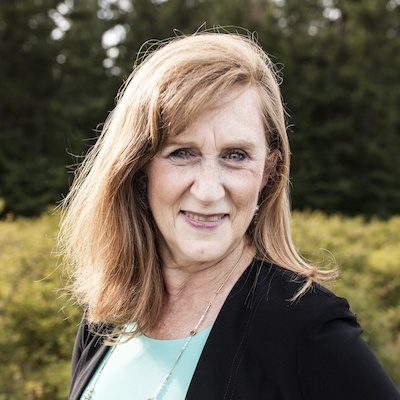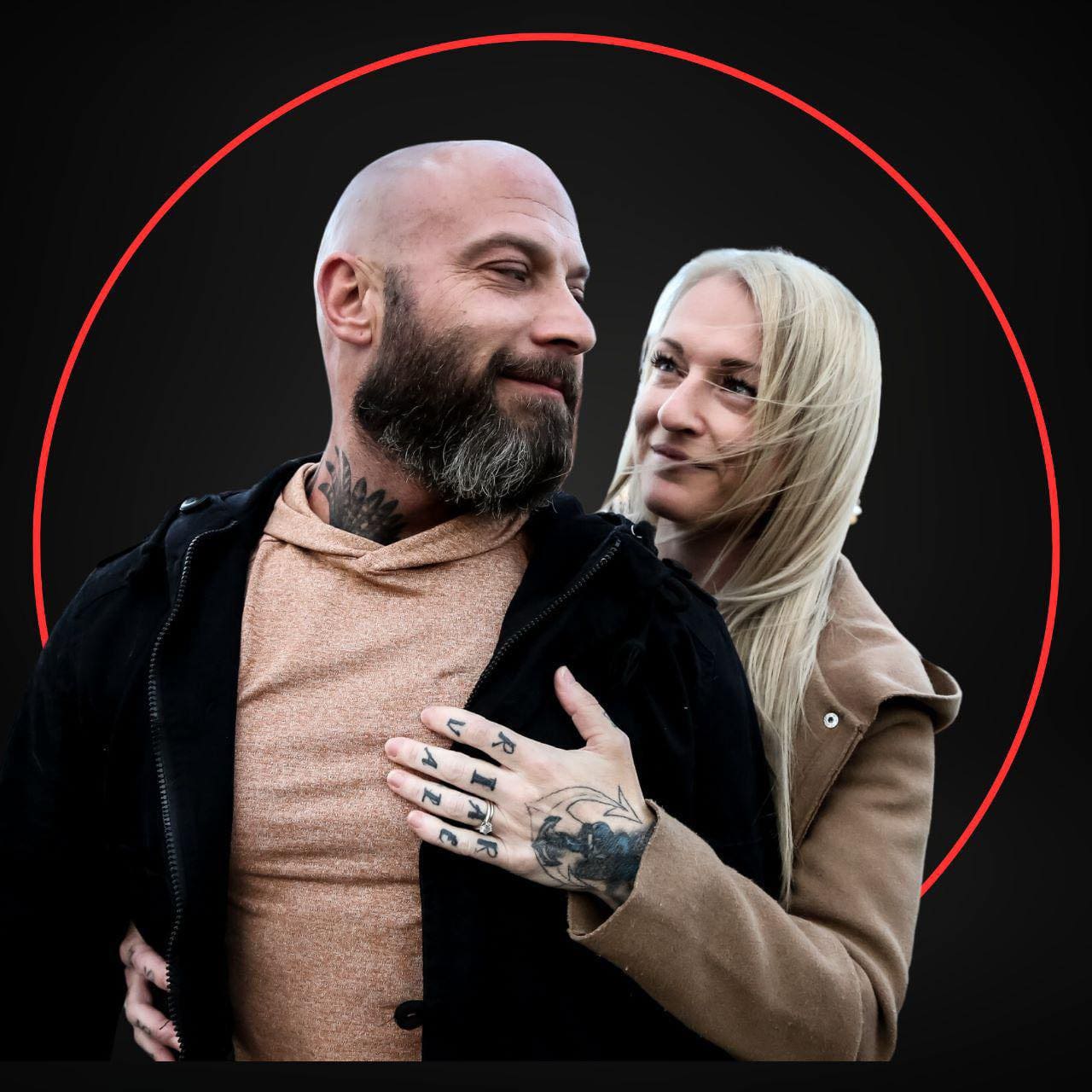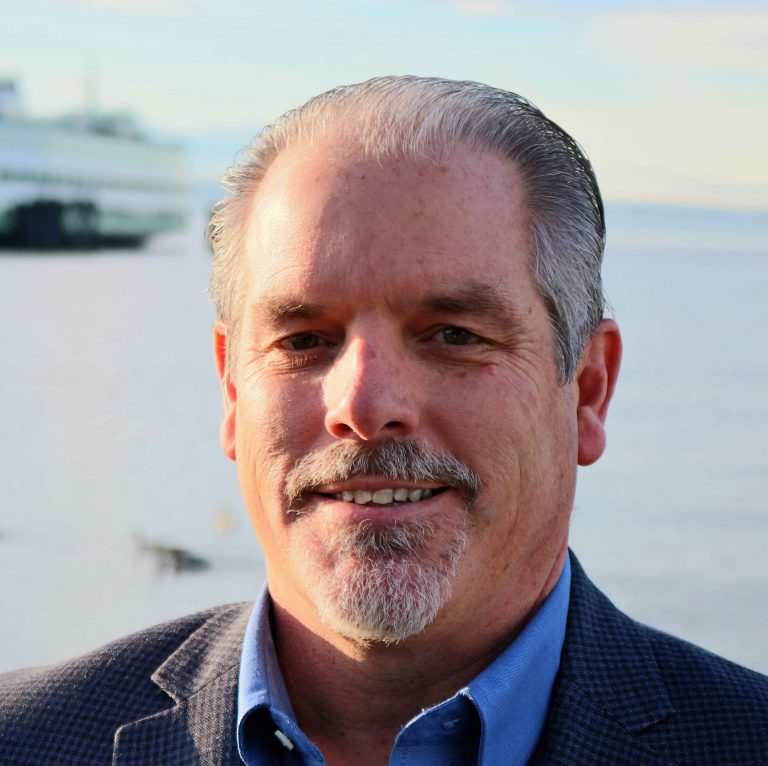Creating Space to Take Downtime
For many creating space to take downtime and not think or talk about work, is challenging. We are seeing the impacts of so many experiencing burnout, quiet quitting and presenteeism.
Unless we create a plan to make this happen, this is only a dream and a wish. There are times when the key projects we are leading and trying to create the space to pause, often feels like one more thing. In some organizations there are patterns to when, due to operational requirements, taking time is just not possible. We need to find a different way. Fostering psychological safety is critical so together as a team we can find those ways where taking breaks and scheduling downtime is celebrated and encouraged.
There is countless research, TedTalks and many books written on creating space to pause and take downtime to invest in ourselves, our people and in our business. I will share a small collection of books and ideas. Creating the space for innovation, is possible in healthy ecosystems and where we are fostering Psychological Safety. In order to foster greater innovation, we need to create the space to pause and step back.
We can find new ways forward. This begins with how we pause and plan.
Begin with a Calendar Reflection
I strongly encourage you to build space for reflection. This is a beautiful investment in yourself. Begin by creating space to pause and start to think about what you would do if you had more time. Start using this constraint in new and different ways.
Start to consider your values and how you want your people to show up. We cannot show up as our best selves when there is no space in our calendar and say yes to everyone else, except ourselves.
Begin with a similar reflection on your calendar to look at where the space is to schedule down time. Do this every quarter and encourage your team and their assistants to do the same.
As you reflect think about others in your team and your organization who could be the point of contact while you are away.
This may create a learning opportunity to really look at your Ecosystem and how you are investing in the learning, development and growth of your team.
Capture this time in your calendar, allocating for the time to prepare for the downtime, the time you are away and time to catch up when you return.
Bring your Team together to Plan
Schedule a meeting with your core team, including their assistants. Look at the time each person would like to take. Have a healthy conversation around what this would look like and who can be the person who will be responsible for that work, while each person is away.
Consider, who on the team or on other teams may be Moving up their S Curve of Learning and may be open to learning more about another area of the business. Intertwine this with the key client projects each team member is involved in and how this will be managed. Part of this conversation may be to also identify what is important and how that be managed, when each person takes their downtime.
Sometimes in order to take a break we need to create boundaries around when we will be available for people to contact us around what has been identified as important. Then create a schedule, outlining what this looks like.
Sharing a story,
Several years ago, I was working as an Executive Assistant/Marketing Coordinator for a Global Engineering Firm, in Burnaby, BC, Canada. I was incredibly blessed to have an amazing assistant, who we will call Grace. One of the leaders in another area of the business wanted to bring their Client from the US to our offices to learn more about some of the major infrastructure projects we were involved in. This is work I really enjoyed as there were many Moving pieces. My heart truly smiled each time I had the chance to work with these Clients.
We laid out the plan and the schedule. This was to be a multi day event that had many different meetings, including luncheon and dinner meetings, and included several clients, colleagues and partners. We wanted to showcase Vancouver along with these amazing projects we had been part of from Squamish to Port Coquitlam. The schedule had to be carefully planned understanding traffic volumes, construction of other key projects, and how each of our clients would be part of these multi day events and meetings.
As we planned, I had included Grace in all these meetings as I usually did. This was not a “working for” relationship, this was a “working with and a partnership”.
At that point, I was managing the Moving pieces and working with our clients on their role in these meetings. The schedule then changed to a date when I was going to be on holidays. I had made a commitment to one of my sisters to spend time with my nephews, in Northern BC while they attended the Calgary Stampede. I was going to a place where accessing technology was challenging. Honestly in addition to spending time with my nephews, the ability to not be “connected” was one of the big bonuses.
Supporting the event remotely was not an option. Changing my holidays to another date was not an option. I knew Grace could manage all these Moving pieces beautifully.
As the details were finalized one of the Leaders asked how the event would be managed in my absence? I shared Grace would take the lead as she had been involved in all aspects of the planning from day one. As this Leader had not worked with Grace, it took me sharing more about her strengths, the work she had been part of, to truly showcase she could do this and do this well.
Prior to leaving for my holidays, I sent an e-mail to the core group of internal and external colleagues, clients and partners I worked with. I introduced Grace and outlined how she would be the point of contact and would be managing the core aspects of my role while I was away.
If she needed to reach me, she could. We had set that up as to what that would look like. Grace knew I trusted her and whatever decisions she made were the right ones.
On my return, Grace and I had a check in meeting. I learned everything went really well, yes there were a few twists and turns, and she navigated them so well. Not only were our clients happy to showcase their work, this gave Grace a chance to really show her strengths.
Six months later Grace was offered a role in another business group, with a promotion.
Leading up to Your Time to Pause and Take Downtime
Spend time with the person who will be the point person or who will step in on key projects, on your behalf, when you are away. Create framework around if and when you will be available. A few days prior to your time away, introduce this person to your key Clients, Colleagues and Partners. Involve this individual in this work and where possible have them attend meetings with you. This will help to build trust with others. Communicate to all your internal and external colleagues, clients and key partners when you will be away and who they can reach out to.
Then create an out of office message outlining what you have shared and when you will return.
Start Flexing this New Muscle
Finding those ways to step back and disconnect, honestly it is like learning to flex a new muscle.
When you begin a new Pilates Practice or go to the gym, you are not doing a plank on a reformer on day one, or lifting 200lbs as you begin a new exercise program. You are starting small. Learning to invest in yourself by creating space to pause and take, not just schedule, downtime is no different.
Are there options to create no meeting days?
Can you add an extra day to a long weekend where everyone in your organization takes time to invest in themselves?
This was something I truly treasured in one organization I was with. Not only did we have an extra day on the weekend, this also outlined that the leaders placed a big value in people investing in their wellbeing. For me this spoke volumes how they cared about us.
Are there ways to have two days a month where no communications, e-mails or texts are sent related to work?
Look at the ways you can carve out taking a long weekend, by adding a Friday and Monday to a weekend. By creating space and encouraging others to take downtime this shares that this is something you value and shows your staff you care about them.
Creating Space to Pause and Take the Downtime
You have laid out the plan. Delegated to who will step in and be that key person involved in your work, while you invest in yourself by taking the downtime. Now you are away from work and starting to enjoy your downtime.
The important piece is how will you step back?
Can you make a commitment to yourself to not think or talk about work while you are away?
When the conversation around the projects you are involved in happens, how can you create framework around how long you talk about this?
The bigger piece it is really challenging to rest and re-charge when you are always thinking and talking about work.
Another story,
A number of years ago I was working for a large engineering firm, same organization as above. As my project role was coming to an end, I knew I would be looking at a layoff in the next three months. I was working on a large infrastructure project with an amazing team, working with an executive and leading a community investment initiative with a local elementary school. All very different roles, which I loved.
Working with all these beautiful people, made my heart sing. In saying that, I was tired. I realized I needed a real break. As I looked at the next few months saw a window where I could take this time, where I truly could disconnect. When I shared my proposed time away with those, I worked the closest with, their response was go and enjoy.
I went to Maui. All I wanted to do was walk and be by the beach. I booked a guestroom near the beach, so I could hear the sound of the waves and savour the smell of the ocean.
As I also love to read, I picked up two books “Finding the Space to Lead” by Janice Marturano and “From Values to Action” by Harry Kraemer. This was my first introduction to mindfulness and reflection. As I read Finding the Space to Lead, I was introduced to this idea of a walking meditation. I was in Hawaii the perfect place to enjoy a walking meditation along the beach.
I was thinking about work, making lists in my mind as I walked. As a sound of a wave got closer, a wave struck the back of my legs and I landed in the sand.
This was a beautiful reminder to be present. I was on holidays. Work could wait. I then started a new ritual. Each time a thought about work came into my mind I would stop and focus on what I was doing in that moment. As I brought closure to each day, I would reflect on that by writing in my journal. This gave me a beautiful way to bring my day to a close and truly rest and relax. When I returned to Vancouver 10 days later, my sister Sandra commented “I did not recognize you, as you look so relaxed”.
This is something really interesting to consider. What could this look like for you? When was the last time you were away from work and found those ways to move away from work related conversations? How can you shift these conversations? For me it is by asking different questions.
Consider creating boundaries around your use of technology. Perhaps you could choose a time each day, where you could be available for important conversations, as you have defined in your planning. Or can you step back completely? This will take time and a mindful approach.
During your time away, create space to pause and reflect. As something really speaks to you make a note, or take a photo.
Look for the ways you can get out in nature and step back. Perhaps you can make a video of being at the beach or enjoying the sound of a river. Take a photo. Do things you would not normally do. Maybe it is learning to do something new or just being. There is something so peaceful about getting in a kayak or being on a paddleboard and enjoying an off grid lake when the sun is shining.
For each of us how we take our downtime will be different.
Perhaps this is investing in your learning in a different way, volunteering with an organization, enjoying a paddle on a lake or river, going waterskiing at an off grid lake near your cabin or cottage, or reading by the water. The possibilities are endless.
The last day of your scheduled downtime, take time to reflect on what you learned and what truly made your heart sing. You want to hold onto that feeling. Your photos and journal will help you do that.
Taking Time to Celebrate
You have now enjoyed time away. As you return to work this is a time to celebrate and savour how you have invested in yourself by creating space to pause and take the downtime. Keep the first day you return free from meetings. Spend time with the colleague and those who spearheaded your projects while you were away. Consider how you can engage away from technology to build these relationships.
Start to begin a new ritual. Carve out framework around the hours that you work. The first week you are back, bring your team together and share some of the insights you discovered when you were away.
Take one of the photos you took or a piece of art you purchased during your holidays and have this framed for your office. Looking at photos in nature can be extremely grounding.
Find those ways to pause and build transition time throughout each and everyday. You want to hold onto the rest and relaxation you discovered during your downtime time and find those ways to build more of this into each day, week and month.
What new rituals can you create?
A beautiful place to start is by creating space to reflect.
Take those learnings from creating space to pause to invest in your wellbeing so you can show up as your best self and encourage your staff to do the same.
Be kind.
Be patient.
Be nourished in all you.
Photography – Sharon K. Summerfield
Additional readings:
Cashman, Kevin (2012) The Pause Principle – Step Back to Lead Forward 2012 Berrett-Koehler Publishers Inc. San Francisco, CA
Clark, Timothy (2020) The Four Stages of Psychological Safety Berrett-Koehler Publishers, Inc. Oakland, CA
Dalton-Smith, Saundra MD (2017) Sacred Rest – Recover your Life, Renew Your Energy, Restore your Sanity FaithWords – Hachette Book Group, New York, NY
Hersey, Tricia (2022) Rest is Resistance – A Manifesto Litle Brown Spark – Hachette Book Group
Johnson, Whitney (2022) Smart Growth – How to Grow Your People to Grow Your Company Harvard Business Review Press, Boston, Massachusetts
Kraemer Jansen M., Harry (2011) From Values to Action – The Four Principles of Values-Based Leadership Jossey -Bass, San Francisco, CA
Marturano, Janice (2014) Finding the Space to Lead – A Practical Guide to Mindful Leadership. Bloomsbury Press, New York, NY
Moss, Jennifer (2021) The Burnout Epidemic – The Rise of Chronic Stress and How We Can Fix it Harvard Business Review Press, Boston, Massachusetts
 At The Nourished Executive we partner with business professionals and share strategies to invest in wellbeing, manage stress and prevent burnout.
At The Nourished Executive we partner with business professionals and share strategies to invest in wellbeing, manage stress and prevent burnout.
Our founder, Sharon K. Summerfield, is a Wellbeing Coach and a Holistic Nutritionist, with demonstrated success in nurturing healthy employees and high performing organizations.
We have a strong commitment to giving back, investing in local community creating space for all students to consider careers in construction, science, technology, engineering and math.

































Already a Member? Login Here.
Not Yet a Member? Join the Conversation Today!
Totally!